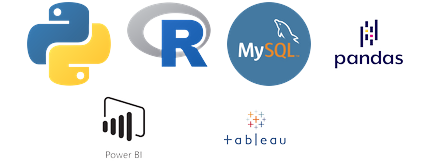Data wrangling, data cleansing, and data mining are all important processes involved in working with data.
- Data Wrangling: Data wrangling, also known as data munging, is the process of cleaning, transforming, and organizing data so that it is easier to work with. This can involve tasks such as removing irrelevant or duplicate data, filling in missing values, and converting data into a format that is more usable. The goal of data wrangling is to prepare the data for analysis or to create a clean data set for use in machine learning or other applications.
- Data Cleansing: Data cleansing is a specific aspect of data wrangling that involves identifying and correcting errors or inconsistencies in data. This can include fixing typos, correcting spelling mistakes, or removing invalid data points. The goal of data cleansing is to improve the accuracy and completeness of the data, making it more useful for analysis or other applications.
- Data Mining: Data mining is the process of discovering patterns, trends, and insights in large data sets. This can involve using statistical algorithms, machine learning techniques, or other methods to analyze the data and extract meaningful information. The goal of data mining is to uncover hidden insights or relationships in the data that can be used to make better decisions or improve business outcomes.
Overall, data wrangling, data cleansing, and data mining are all critical processes in the data analysis pipeline, helping to ensure that data is accurate, complete, and meaningful.

